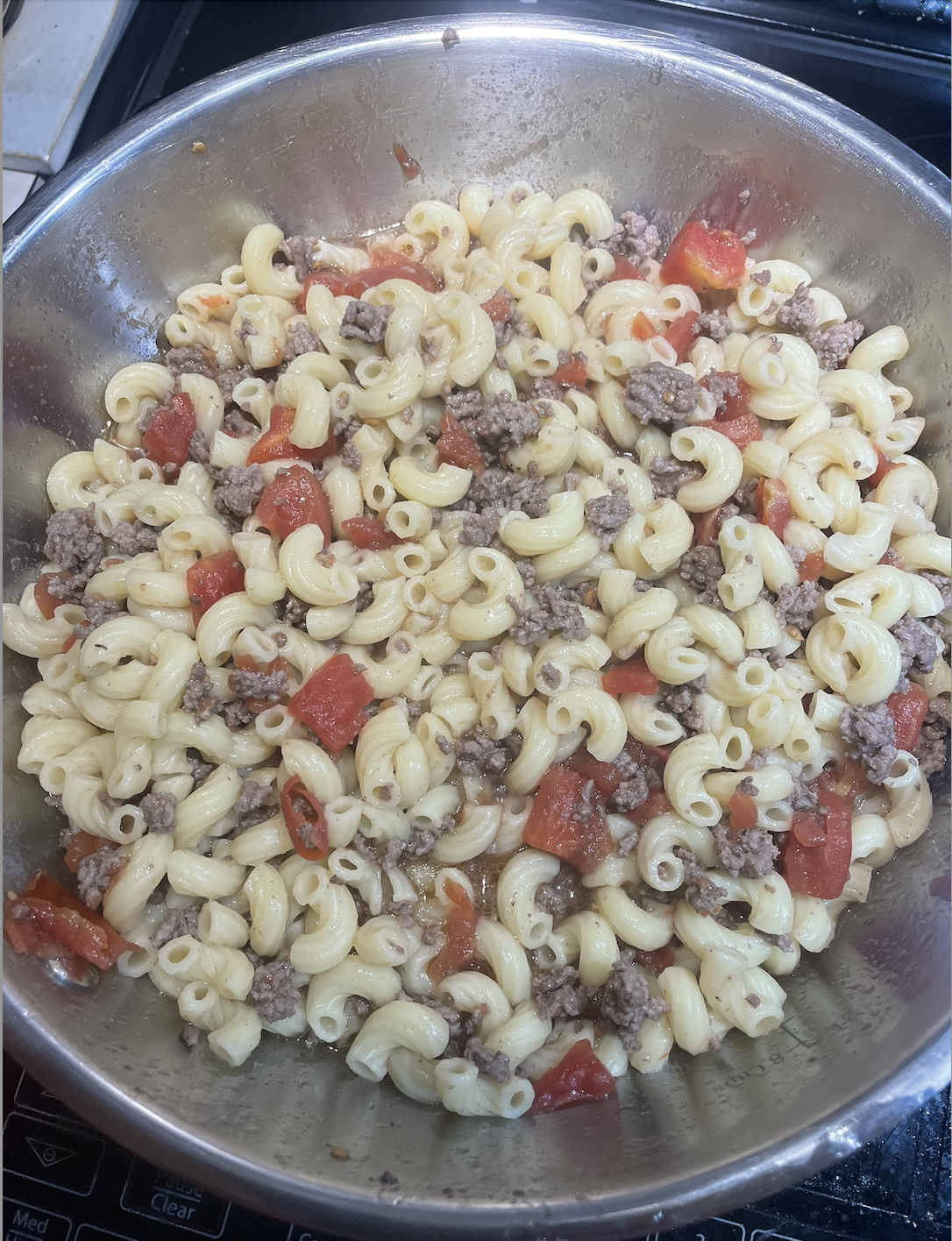The contemplative heart is a universal dwelling place where compassion, emptiness, and divine love are one. The contemplative heart is a universal dwelling place where compassion, emptiness, and divine love are one.
The contemplative heart is a universal dwelling place where compassion, emptiness, and divine love are one. I have been a Vajrayana Buddhist for almost 30 years now but being from [...]
